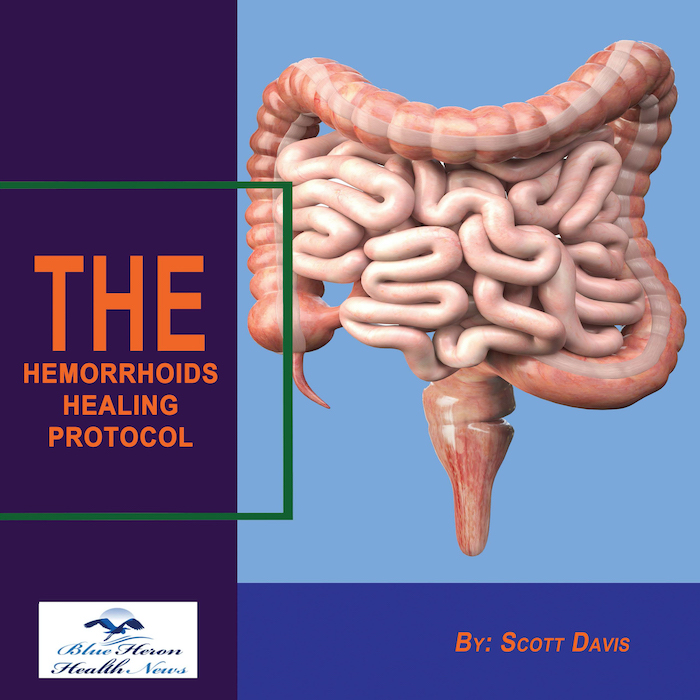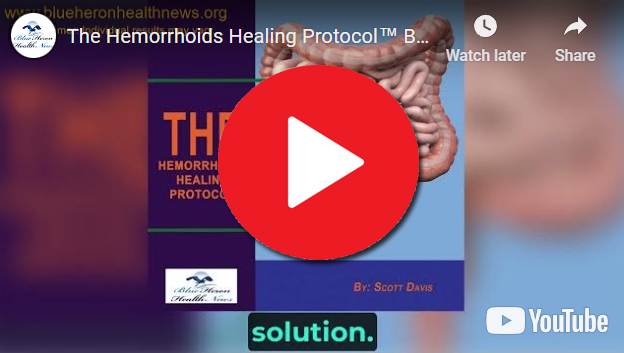
The Hemorrhoids Healing Protocol™ By Scott Davis Hemorrhoid healing protocol is a three-week online program that helps in treating and reducing hemorrhoids. It teaches gentle recipes and movements, natural and effective remedies that help in treating hemorrhoids.This program is not like the usual prescription medicines, it is a hell of a lot more than just those drugs. It focuses more on elevating the two main not so good habits that are connected to the Hemorrhoids. Overall the sole motive of this program is to remove the problem from its root instead of just treating the symptoms.
What is sclerotherapy for hemorrhoids?
Sclerotherapy is a minimally invasive procedure used to treat internal hemorrhoids, particularly those that are grade 1 to grade 3 (mild to moderate hemorrhoids). It involves injecting a sclerosing agent into the hemorrhoid tissue to cause it to shrink and eventually be absorbed by the body. This procedure is often recommended for small to medium-sized hemorrhoids or when other treatments, such as dietary changes and rubber band ligation, are not effective.
How Sclerotherapy Works:
- Procedure:
- The procedure is typically performed in a doctor’s office or an outpatient setting, and local anesthesia is generally used to numb the area.
- A needle is used to inject a sclerosing agent (a chemical solution) directly into the base of the hemorrhoid. The most commonly used sclerosing agents include phenol, polidocanol, or sodium tetradecyl sulfate.
- Action of the Sclerosing Agent:
- The sclerosing agent causes the blood vessels within the hemorrhoid to collapse and scar. This stops blood flow to the hemorrhoid, leading to its shrinkage over time.
- The tissue becomes inflamed, and the hemorrhoid eventually dies off and is absorbed by the body within a few weeks.
- Healing Process:
- After the procedure, the hemorrhoid typically shrinks and disappears as the body reabsorbs the tissue. Healing generally occurs in a few weeks, with most patients experiencing relief from hemorrhoidal symptoms such as bleeding, itching, or discomfort.
Benefits of Sclerotherapy:
- Minimally Invasive: The procedure does not require any incisions, general anesthesia, or hospitalization, making it a low-risk treatment option.
- Quick Procedure: Sclerotherapy is typically completed in about 15-30 minutes, with patients being able to return home shortly after the procedure.
- Low Recovery Time: Most patients experience only mild discomfort after the procedure and can resume normal activities within a few days.
- Effectiveness: Sclerotherapy can be highly effective for small to moderate-sized hemorrhoids and is particularly useful for treating hemorrhoids that bleed or cause discomfort.
Indications for Sclerotherapy:
- Grade 1 and Grade 2 hemorrhoids (internal hemorrhoids that bleed but do not prolapse beyond the anal canal).
- Grade 3 hemorrhoids (internal hemorrhoids that prolapse but can be manually pushed back into place).
- Hemorrhoids that cause chronic bleeding, discomfort, or pain.
- For patients who have not responded to more conservative treatments like dietary changes, topical medications, or fiber supplements.
Post-Procedure Care:
- Discomfort: Some mild pain, fullness, or pressure in the rectum may occur after the procedure. This typically resolves within a few days.
- Bleeding: Some light rectal bleeding may occur, especially during bowel movements. This is usually mild and self-limited, but if it persists or is heavy, it should be reported to the healthcare provider.
- Bowel Movements: Patients may be advised to increase fiber intake and drink plenty of water to avoid constipation, which can exacerbate symptoms after the procedure.
- Follow-up: A follow-up appointment may be scheduled to ensure proper healing and to determine if additional treatments are needed, especially if multiple hemorrhoids are present.
Risks and Complications:
Although sclerotherapy is generally safe, there are some potential risks:
- Pain or discomfort: A certain level of discomfort is common after the procedure.
- Infection: Though rare, infection can occur at the injection site.
- Bleeding: Some patients may experience persistent bleeding, especially if the hemorrhoid is large or if the sclerotherapy agent irritates the tissue too much.
- Prolapse: In some cases, the hemorrhoid may prolapse after the procedure, requiring further treatment.
- Ulceration or tissue damage: The injected agent may cause excessive scarring or ulceration, though this is uncommon.
Conclusion:
Sclerotherapy is a safe and effective option for treating internal hemorrhoids, especially for those that are small to moderate in size. It is a good choice for patients who want a minimally invasive solution with quick recovery. While the procedure has a high success rate, it is important to follow the healthcare provider’s instructions carefully for post-procedure care and attend follow-up appointments to monitor healing and ensure that the treatment was successful.
The Hemorrhoids Healing Protocol™ By Scott Davis Hemorrhoid healing protocol is a three-week online program that helps in treating and reducing hemorrhoids. It teaches gentle recipes and movements, natural and effective remedies that help in treating hemorrhoids.This program is not like the usual prescription medicines, it is a hell of a lot more than just those drugs. It focuses more on elevating the two main not so good habits that are connected to the Hemorrhoids. Overall the sole motive of this program is to remove the problem from its root instead of just treating the symptoms.
